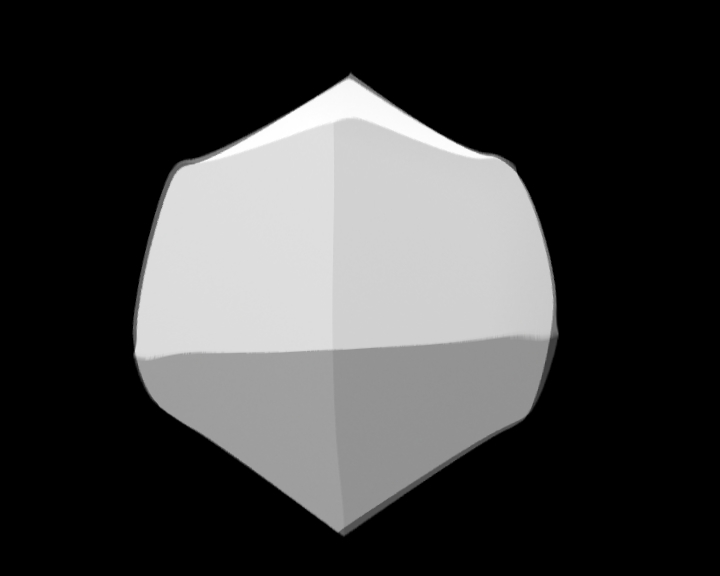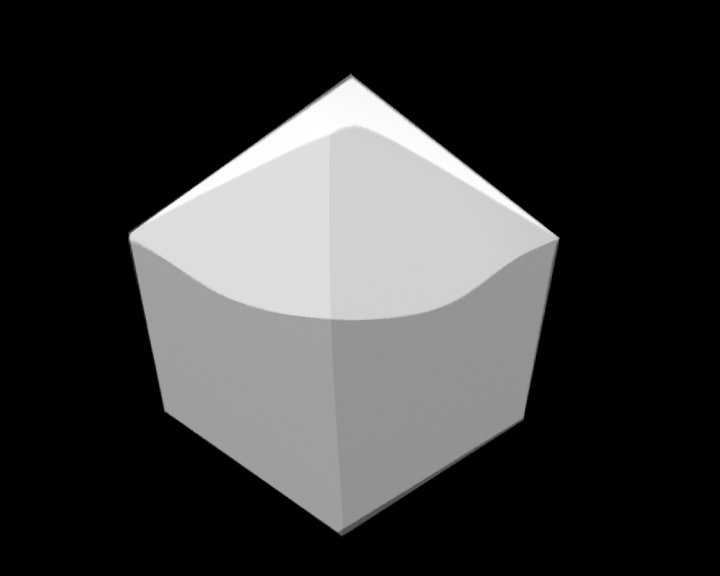![]()
![]()
![]()
![]()
![]()
![]()
![]()
![]()
![]()
Research Project: Object Metamorphosis and Transformations
Fani Vassiadi
MA Digital Effects
NCCA, Bournemouth University
| Introduction | The theory | The practice | My approach | Conclusion | References |
2-Dimendional Morphing / 3-Dimensional Transformation
Morphing is a technique that combines warping, tweening, dissolve and colour interpolation. Starting from image warping, we can say that it consists the manipulation of 2D images by transforming some or all the pixels of an image. To be more precise, warping methods are grouped according to the way the transformation is applied on the pixel. So, warping is stretching, scaling, rotating, skewing, shearing or perspective transform. It is really useful in creating facial expressions as warping is the method that distorts and changes an image.




Example of warp usage. In the upper left corner is original picture, other pictures are warped.
(http://www.sigmapi-design.com/htmtutor/warp.htm)
Tweening is an interpolation technique of generating frames between two images to give the appearance that the first image evolves smoothly into the second image. Even though it looks similar with morphing it is something different as the latter one is doing an interpolation because points or lines.
The actual morphing of an image can be accomplished either by using points or lines/shapes. There isn't really much difference from lines to points it only depends from the software you are using. Morph points, are based on forward mapping, in which each pixel of the source image is mapped to a specific place in the destination image. Of course, in that way some pixels in the destination image may not be mapped. In contrast to reverse mapping, where pixels from the target image are mapped in the source one. (http://www.owlnet.rice.edu/~elec539/Projects97/morphjrks/perf_point.html)
In point morphing, much attention must be given to the number of points as well as to the correspondence one's. The number is really important as it should be the same for both images otherwise the morphing will not be that good. Corresponding points are even more important. Here is an example I did. Even though we have the same number of points in both images the result is completely different in the specific frame. This is because of arranging differently the correspondence points each time.


These objects have the same number of points but the correspondence points are not in
same position and so we have the intermediate frames are different.
Morphing and transformation can work really well together. Morphing of course is a sort of transformation but in a different way. Transformation is the process in which one model can be translated, rotated or scaled in any of the axis to produce a new shape. Morphing on the other hand is applying two transformations is two different objects by using the warp and morph techniques mentioned above. Transformation applies to the entire image while a morph is more of a localized effect. How these two effects could be combined and what kind of result would that have? This question moves us to the next section where we see examples from the industry. It is always useful seeing how the people who work in the industry are approaching such subject.